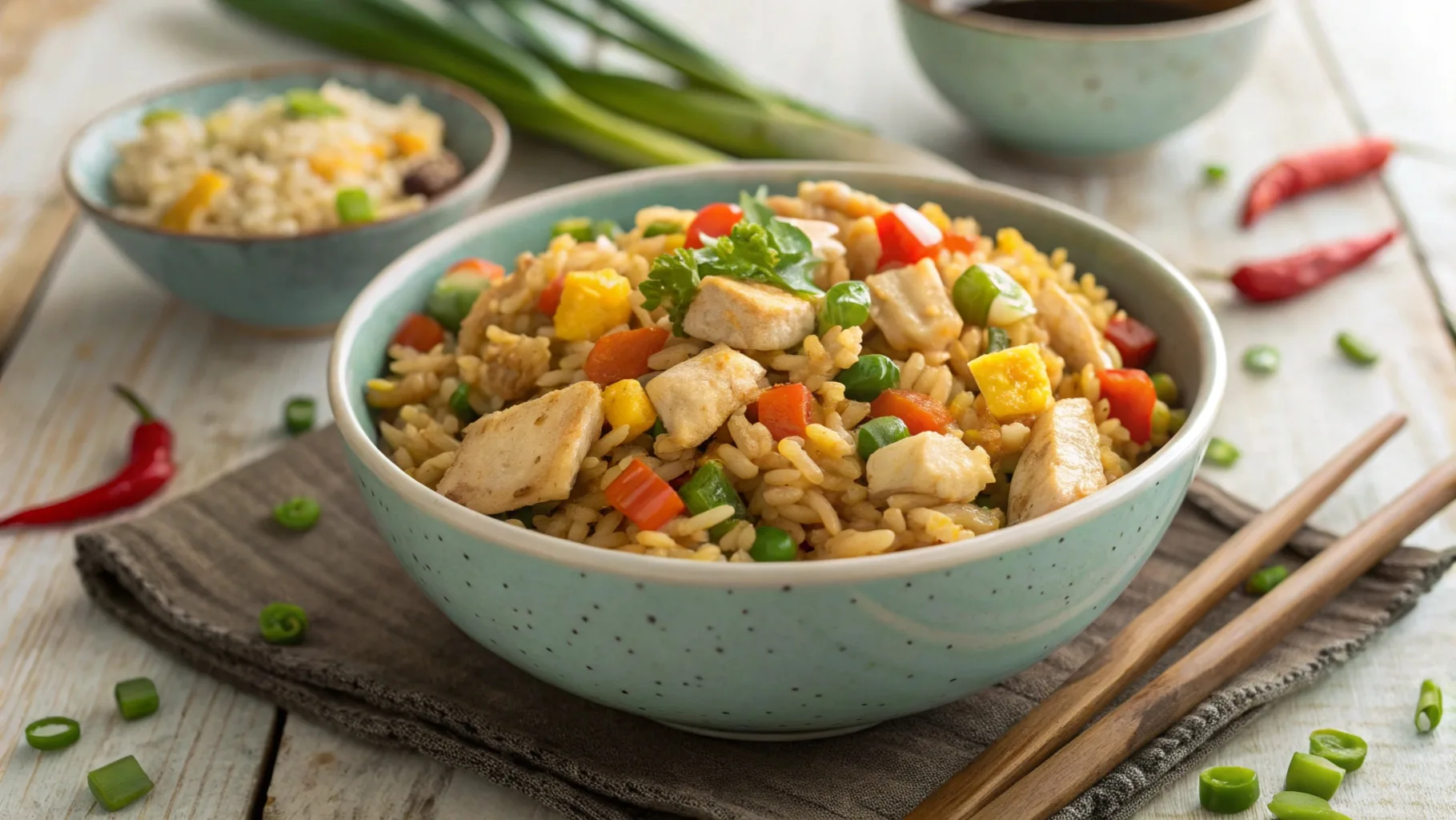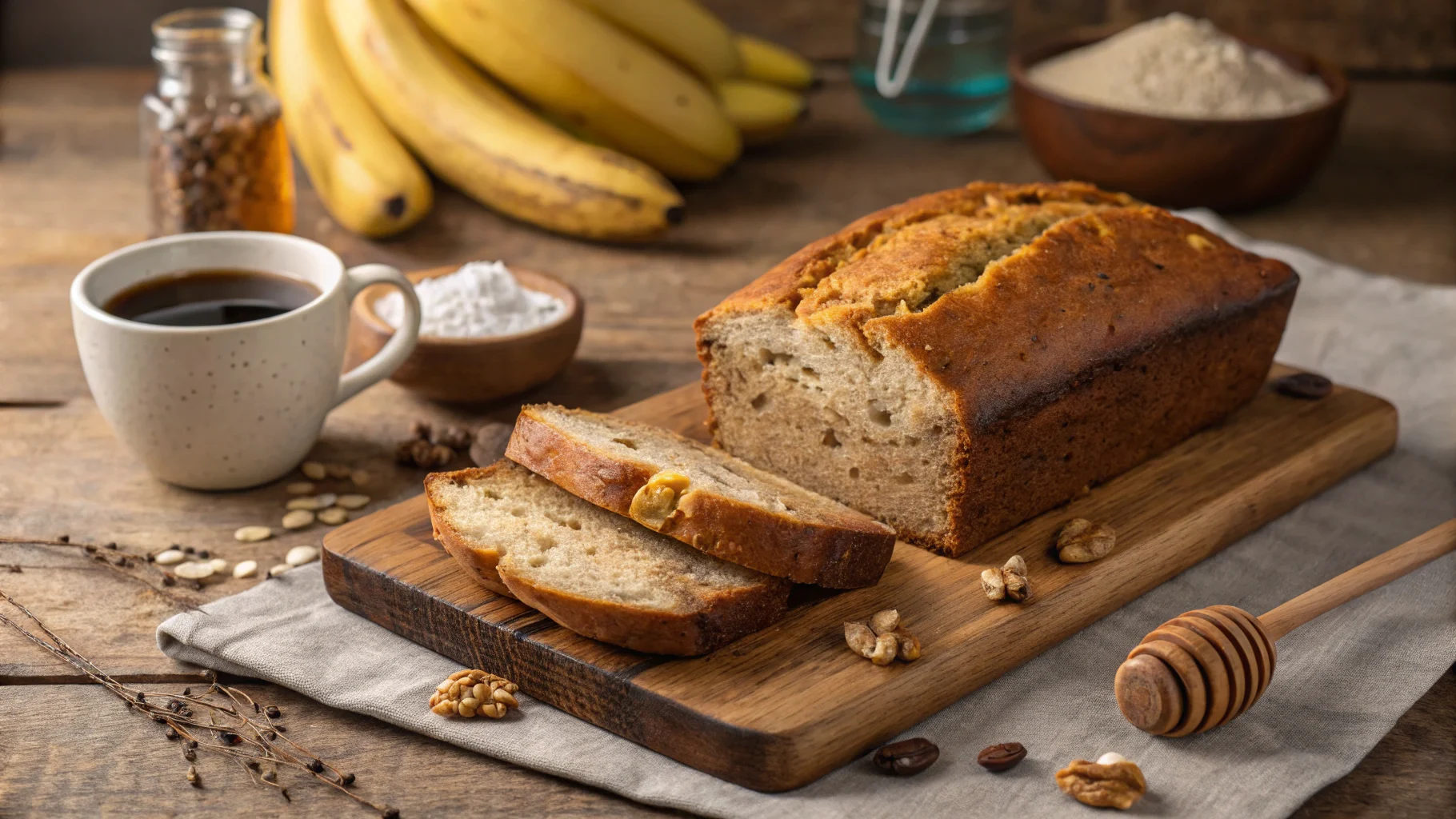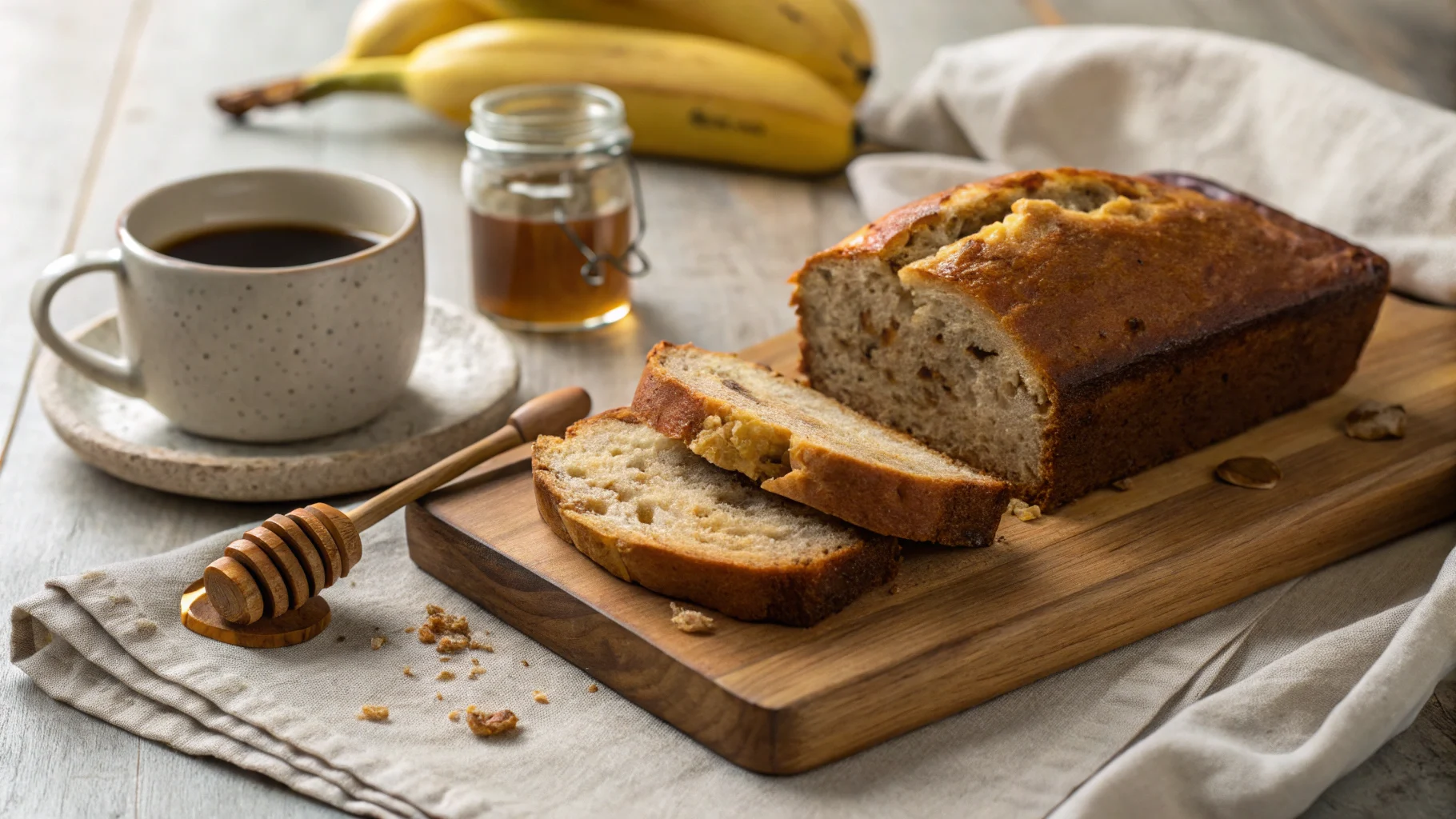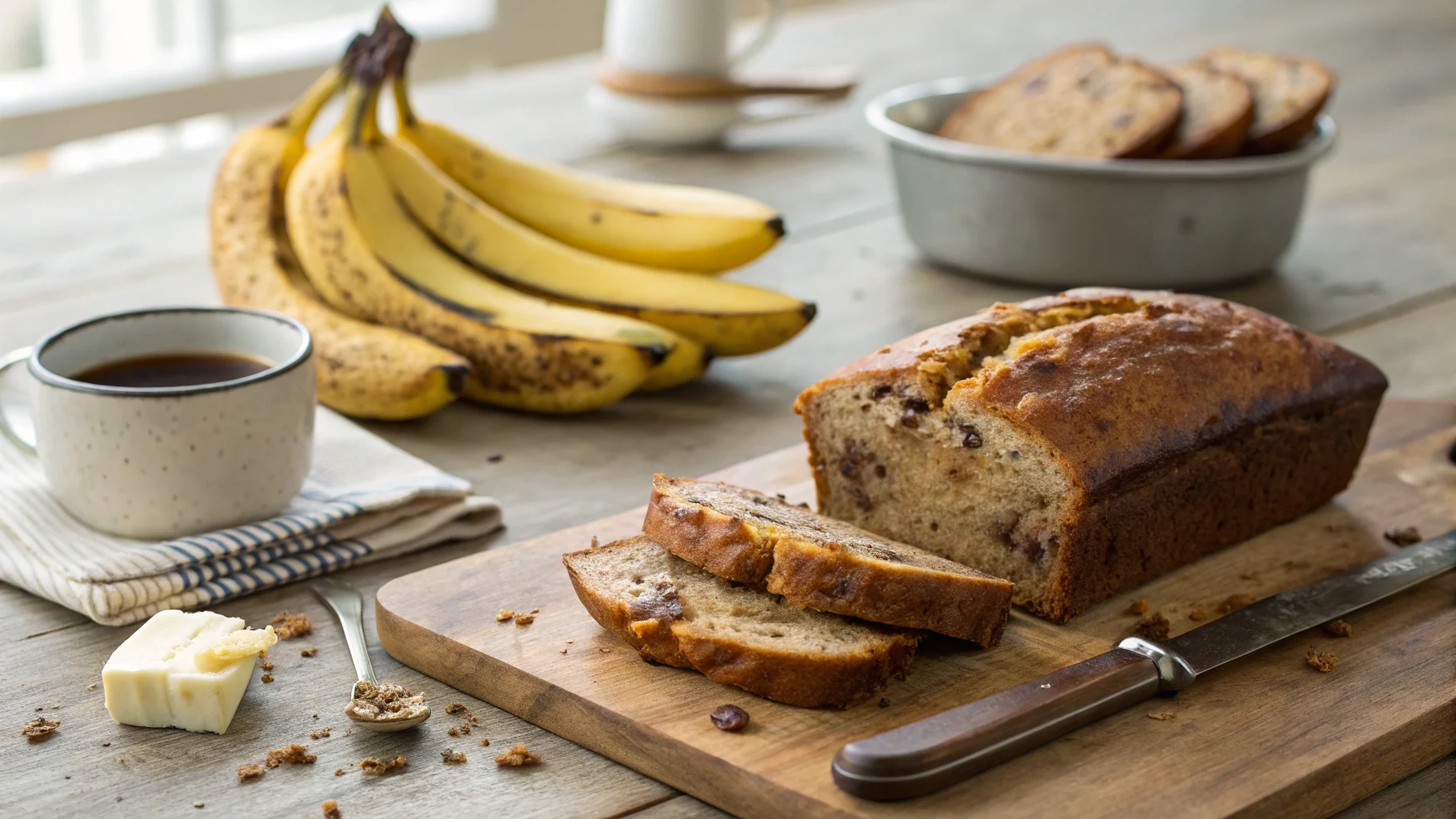Introduction
Fried rice is one of those dishes that brings comfort, flavor, and endless versatility to your table. Whether you’re whipping up a quick dinner or reinventing leftovers, fried rice fits the bill perfectly. It’s simple, quick, and endlessly customizable. But where did this beloved dish come from, and how can you make it perfect every time?
In this guide, I’ll break down everything you need to know about fried rice, from its rich history to tips for making your own mouthwatering bowl. You’ll learn about the origins of fried rice, its variations across the globe, and step-by-step instructions for making a foolproof version at home. Plus, I’ll share tips, tricks, and FAQs to help you nail it every time.
Ready to cook? Let’s start with a look at how fried rice has traveled across the world.
Table of contents
A Brief History of Nasi Goreng
Fried rice has been a cornerstone of Asian cuisine for centuries. Its origin story is as rich as the dish itself, and it reflects a deep connection between food, resourcefulness, and cultural identity.
Origins in Ancient China
The fried rice we know today traces its roots back to China’s Sui Dynasty (589–618 AD). During this period, rice was a staple food, and cooks began repurposing leftover rice into a new dish by stir-frying it with available ingredients. This practice not only minimized waste but also created a delicious meal that quickly gained popularity.
Here’s why it became so iconic:
- Rice was (and still is) a dietary staple, making it accessible and affordable.
- Stir-frying was a common cooking method due to the widespread use of woks.
- Adding vegetables, meats, and sauces made it a complete meal.
Fried rice started as a humble, thrifty dish but quickly became a symbol of culinary ingenuity in Chinese households. Today, the classic Yangzhou fried rice, named after the Jiangsu Province city, remains one of the most famous variations.
Evolution Across Asia and the World
Over centuries, fried rice spread far beyond China’s borders, taking on regional twists along the way. This evolution was largely fueled by trade, migration, and cultural exchange. Each country adopted the dish, adding local ingredients to make it uniquely their own.
Some notable regional variations include:
- Japanese Chāhan: A simpler version of fried rice, often seasoned with soy sauce and featuring pork or shrimp.
- Indonesian Nasi Goreng: Known for its deep flavor, thanks to kecap manis (sweet soy sauce) and spices like garlic and shallots.
- Thai Khao Phat: Featuring fragrant jasmine rice, lime, and fresh herbs like cilantro for a brighter taste.
When fried rice made its way to the West, it became a favorite in Chinese-American cuisine. Dishes like Hawaiian fried rice (with pineapple and ham) and American-style fried rice (often loaded with vegetables and meats) reflect the creativity and fusion that fried rice inspires globally.
This adaptability has kept fried rice relevant in kitchens everywhere. With every stir-fry, the dish continues to evolve, combining old traditions with new flavors.
Key Takeaways from the History of Nasi Goreng
- Fried rice was born out of necessity, making use of leftover rice and ingredients.
- Its origins date back to ancient China, where it became a staple meal.
- Over time, it has adapted to regional tastes and global influences, leading to countless variations.
Up next, I’ll dive into the essential ingredients you’ll need to make the perfect fried rice at home!
Mastering the Art of Nasi Goreng at Home
Making fried rice at home can seem intimidating, but once you understand the basics, it becomes second nature. With the right ingredients, techniques, and a little patience, you’ll be able to recreate restaurant-quality fried rice in your own kitchen. Let’s break it down step by step.
Essential Ingredients
Creating the perfect fried rice starts with using the best ingredients. Each component plays a role in the dish’s flavor and texture, so getting these right is essential.
Choosing the Right Rice
The foundation of any fried rice dish is, of course, the rice itself. Not all rice is created equal when it comes to frying, so here are some tips:
- Use day-old rice: Freshly cooked rice is too moist and clumpy, making it difficult to achieve that signature fluffy texture. Leftover rice is firmer and less sticky.
- Opt for medium or long-grain varieties: Jasmine rice is a popular choice because it’s fragrant and slightly sticky, but basmati or any medium-grain rice also works well.
- Avoid short-grain rice: It tends to be too sticky, which can lead to a mushy dish.
If you don’t have leftover rice, cook a fresh batch but spread it on a baking sheet to cool quickly. Refrigerate for at least 2–3 hours before using.
Key Sauces and Seasonings
While rice forms the base, the sauces and seasonings give fried rice its bold flavor. Here’s what you’ll need:
- Soy sauce: The backbone of most fried rice recipes. It adds umami and color.
- Oyster sauce: Adds depth and a touch of sweetness.
- Sesame oil: A small drizzle at the end enhances the aroma.
- Salt and pepper: Season as you go to balance the flavors.
You can also include chili oil or garlic oil if you like spicier fried rice. Additionally, keep in mind that many sauces contain salt, so adjust your seasoning carefully.
Proteins and Vegetables
Fried rice is versatile, so you can use any proteins and vegetables you like. The key is to prep everything beforehand to make cooking seamless.
- Proteins: Common choices include eggs, chicken, shrimp, beef, or tofu. Cook these separately before mixing them into the rice.
- Vegetables: Traditional options include peas, carrots, green onions, and bean sprouts. However, you can also use bell peppers, broccoli, or mushrooms for added variety.
- Frozen veggies: If you’re in a pinch, frozen mixed vegetables work perfectly and save time.
Having all your ingredients chopped and ready to go will make the stir-frying process much smoother.
Step-by-Step Cooking Instructions
Now that you have your ingredients prepped, it’s time to cook! Follow these steps to make a perfectly balanced and flavorful bowl of fried rice.
Preparing the Rice
Properly prepared rice is the key to a dish that isn’t sticky or clumpy. Here’s how to prep it:
- Cook the rice in advance: As mentioned earlier, day-old rice works best. If you’re cooking fresh, spread it out on a tray and refrigerate it for a few hours.
- Break up clumps: Before frying, use your hands or a fork to separate the rice grains gently. This ensures even frying.
- Keep it dry: Moist rice can stick to the pan and ruin the texture, so don’t skip this step.
By taking the time to prepare your rice properly, you set yourself up for a successful dish.
Stir-Frying Techniques
Stir-frying is all about speed and heat. With these tips, you’ll be able to achieve the perfect stir-fry:
- Use a wok or large skillet: A wok distributes heat evenly and allows for quick, high-temperature cooking.
- Preheat the pan: Heat your pan until it’s smoking slightly before adding oil. This prevents sticking.
- Cook in batches: Overcrowding the pan can cause steaming instead of frying. If needed, fry the ingredients separately before combining.
- Layer flavors: Start with aromatics like garlic and ginger, followed by vegetables, proteins, and finally the rice.
Don’t forget to stir constantly to prevent burning while ensuring even cooking.
Common Mistakes to Avoid
Even seasoned cooks make mistakes, but here are some common ones to watch out for:
- Using too much oil: This can make your fried rice greasy. Use just enough to coat the ingredients lightly.
- Skipping preheating: A cold pan will lead to uneven cooking and sticking. Always heat your pan first.
- Overcooking the rice: Frying the rice for too long can dry it out. Aim for a balance between crispy and fluffy.
- Adding sauces too early: Wait until the end to add soy sauce and other seasonings to prevent sogginess.
By avoiding these pitfalls, you’ll ensure your fried rice turns out perfectly every time.
Now that you’ve mastered the essentials and techniques, it’s time to explore some exciting regional variations of fried rice!
Regional Variations of Fried Rice Around the World
Fried rice has its roots in China, but it has transformed over time into a dish with countless global variations. Each region brings its own twist, using local ingredients and cooking styles to develop unique flavors. Let’s explore some of the most notable regional adaptations.
Traditional Chinese Fried Rice Styles
Chinese-style rice dishes form the basis for many of the versions we enjoy today. Known for their balanced flavors and straightforward preparation, these dishes prioritize fresh ingredients and distinct textures.
Yangzhou Fried Rice
Yangzhou fried rice is perhaps the most well-known Chinese variation. Named after the city of Yangzhou in Jiangsu Province, this dish is famous for its vibrant ingredients and delicate flavors.
- Ingredients:
- Day-old rice
- Diced ham, shrimp, or chicken
- Eggs, peas, and carrots
- Scallions for garnish
- Preparation:
This dish starts by scrambling eggs and stir-frying diced proteins. Next, vegetables are added for a pop of color and freshness. Finally, the rice is mixed in with light soy sauce and cooked until everything is evenly combined.
Yangzhou fried rice is a great example of how a few simple ingredients can create a dish that’s both elegant and satisfying.
Cantonese Fried Rice
Cantonese fried rice, another classic Chinese variation, focuses on achieving a slightly sweeter and richer taste compared to Yangzhou fried rice.
- Ingredients:
- Rice (preferably jasmine or long-grain)
- BBQ pork (char siu), shrimp, and eggs
- Sweet soy sauce and sesame oil
- Green onions and bean sprouts
- Preparation:Like the Yangzhou variety, the rice and proteins are cooked separately to preserve their textures. BBQ pork and sweet soy sauce add a signature touch of richness, while sesame oil enhances the aroma, making this version uniquely flavorful.
This version is especially popular in Chinese-American restaurants, where it’s often served as a side dish.
Japanese Chāhan
Japanese chāhan takes inspiration from Chinese fried rice but incorporates flavors and ingredients typical of Japanese cuisine. It’s a common dish in Japanese households and often features simple, hearty ingredients.
Ingredients and Preparation
- Key Ingredients:
- Short-grain Japanese rice (day-old)
- Soy sauce or shoyu
- Diced pork, eggs, and scallions
- Pickled ginger (beni shōga) for garnish
- Preparation:
The rice is fried alongside scrambled eggs and diced pork, with soy sauce added sparingly for flavor. Unlike other variations, Japanese chāhan focuses on simplicity and relies on the natural flavors of its ingredients.
Japanese chāhan is often served as an accompaniment to dishes like ramen or gyoza, making it a comforting and versatile addition to any meal.
Southeast Asian Fried Rice Recipes
Southeast Asia has its own spin on fried rice, with bold spices and unique seasonings taking center stage. These variations are often a bit more flavorful and aromatic, reflecting the diverse culinary influences of the region.
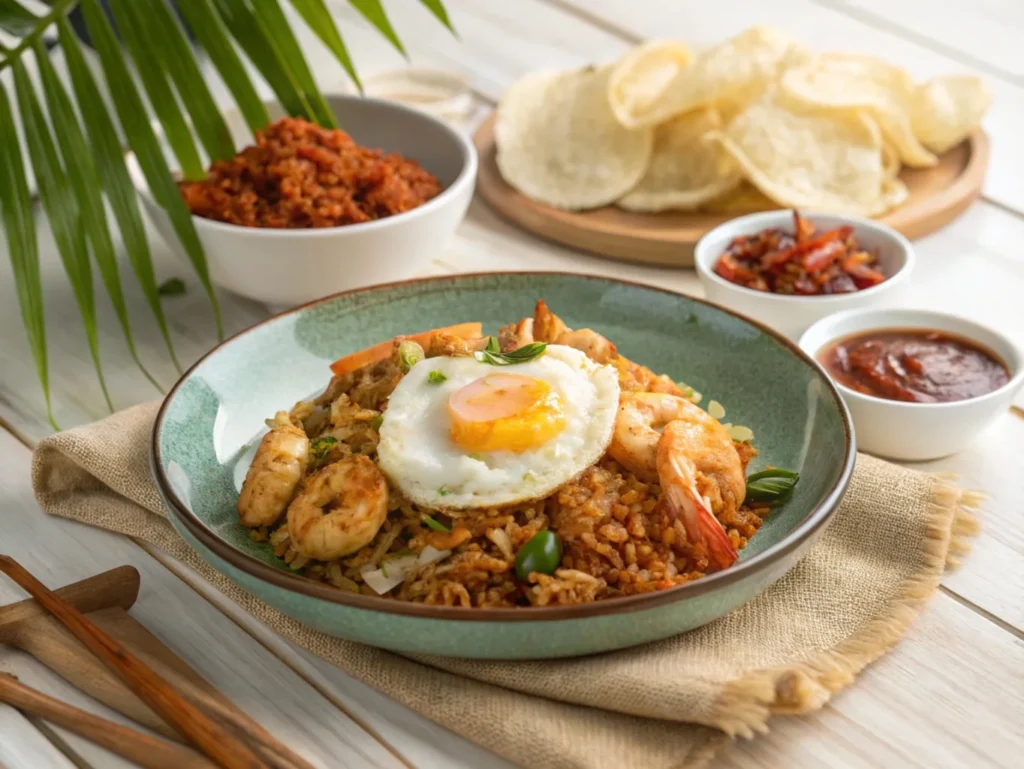
Indonesian Nasi Goreng
Indonesian nasi goreng, often referred to as the “national dish” of Indonesia, is known for its rich, smoky flavors and dark caramelized color.
- Ingredients:
- Rice
- Sweet soy sauce (kecap manis)
- Shallots, garlic, and chili paste (sambal)
- Fried egg and prawn crackers for garnish
- Preparation:
Nasi goreng begins with frying aromatics like shallots and garlic, followed by rice and seasonings. Sweet soy sauce gives the dish its characteristic dark color and slightly sweet flavor. It’s typically served with a fried egg on top and crispy prawn crackers on the side.
Thai Khao Phat
Thai khao phat (fried rice) is a lighter, fragrant variation that often features jasmine rice and fresh herbs. It’s a quick and flavorful dish commonly found in Thai street food culture.
- Ingredients:
- Jasmine rice
- Fish sauce, lime, and soy sauce
- Protein (chicken, shrimp, or crab)
- Cilantro, scallions, and cucumber for garnish
- Preparation:
Thai khao phat begins by stir-frying garlic and protein, followed by rice and seasonings. The dish is often finished with a squeeze of lime juice and garnished with fresh herbs and cucumber slices for a refreshing touch.
Western Adaptations
As fried rice spread globally, Western countries added their own creative twists. These adaptations often incorporate non-traditional ingredients while maintaining the essence of fried rice.
Hawaiian Fried Rice
Hawaiian fried rice reflects the tropical flavors of the islands, combining sweet and savory elements for a unique taste.
- Ingredients:
- Rice
- Pineapple chunks
- Ham or Spam
- Soy sauce and sesame oil
- Preparation:
Cooked ham or Spam is stir-fried with rice and soy sauce, followed by pineapple chunks for a hint of sweetness. The result is a flavorful dish that’s perfect for summertime meals or potlucks.
American-Style Fried Rice
American-style fried rice is a hearty version that often features a mix of proteins, vegetables, and bold seasonings.
- Ingredients:
- Rice
- Chicken or beef
- Mixed vegetables (peas, carrots, and corn)
- Soy sauce and garlic powder
- Preparation:
This version leans on frozen vegetables for convenience and is typically seasoned with soy sauce and garlic powder. It’s a quick and filling option for weeknight dinners.
Tips and Tricks for Perfect Fried Rice Every Time
Mastering fried rice is easier when you know a few essential tricks. By focusing on the right techniques and ingredients, you can transform simple rice into a dish that rivals your favorite takeout.
Using Leftover Rice Effectively
Leftover rice is the cornerstone of any great fried rice. Freshly cooked rice is often too moist and clumps together, making it difficult to stir-fry.
- Why leftover rice works: The drying process in the refrigerator removes excess moisture, leaving the rice firm and easy to separate.
- How to prep it: If your rice is clumpy, gently break it apart with your hands or a fork before adding it to the pan.
- What to do with fresh rice: If you don’t have leftover rice, cook a fresh batch, spread it on a baking sheet, and refrigerate for at least two hours to mimic the texture of day-old rice.
By taking the time to prepare your rice properly, you’ll achieve that fluffy, non-sticky texture that defines great fried rice.
“If you’re looking for a specific recipe, try this guide to chicken fried rice on a Blackstone griddle for an outdoor cooking twist.”
Balancing Flavors and Textures
Fried rice is all about balance. The combination of savory sauces, crunchy vegetables, and tender proteins creates a dish that’s flavorful and satisfying.
- Seasoning tips: Start with soy sauce as your base and adjust with additional sauces like oyster or fish sauce for depth. Be careful not to over-salt since soy sauce already contains sodium.
- Textural contrast: Combine crunchy vegetables like carrots and bean sprouts with soft elements like scrambled eggs or tofu. This balance keeps the dish interesting with every bite.
- Finishing touches: A drizzle of sesame oil at the end adds a nutty aroma, while chopped green onions brighten the flavors.
Experimenting with different combinations of ingredients and seasonings will help you find your perfect balance.
Creative Add-Ins and Substitutions
One of the best things about fried rice is its versatility. You can easily customize the dish with ingredients you already have on hand or swap out items to suit dietary preferences.
- Protein options: Use chicken, shrimp, beef, or tofu as your main protein. For a twist, try incorporating bacon, sausage, or even leftovers like roasted vegetables.
- Vegetables: Beyond the classics (peas, carrots, and onions), consider adding bell peppers, mushrooms, broccoli, or snap peas for more variety.
- Flavor enhancers: Add minced garlic and ginger for an aromatic boost. Chili oil or sriracha can bring a touch of heat, while pineapple adds sweetness for a tropical flair.
The beauty of fried rice lies in its adaptability, so don’t be afraid to get creative with your add-ins.
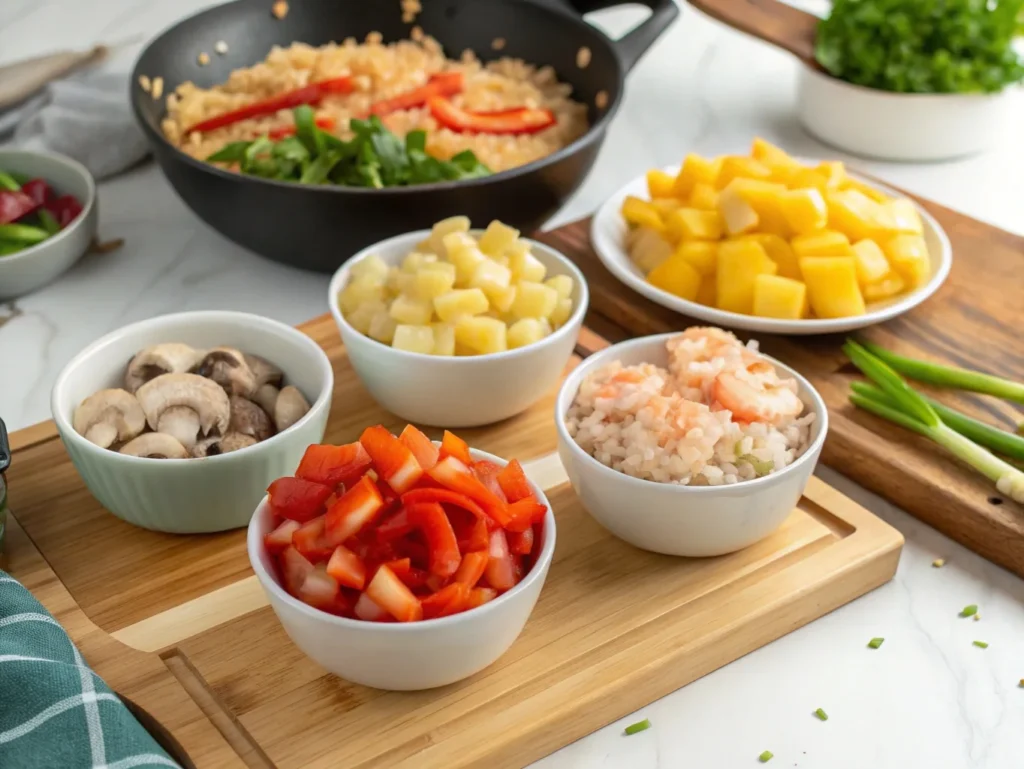
Frequently Asked Questions About Fried Rice
Fried rice has a lot of variations, and with that comes many questions. Here are some of the most common ones answered clearly.
What is the difference between fried rice and Chinese fried rice?
This dish, made by stir-frying cooked rice with various ingredients, offers endless possibilities. Chinese versions like Yangzhou or Cantonese-style highlight a balance of flavors with light soy sauce and carefully selected additions such as eggs, vegetables, or proteins. These styles demonstrate the versatility of rice-based dishes in culinary traditions worldwide.
Why is fried rice considered unhealthy?
Fried rice can be unhealthy if prepared with excessive oil, salty sauces, or fatty meats, leading to high calorie and sodium content. To make it healthier, use less oil, add more vegetables, and choose lean proteins like chicken or tofu.
Do Chinese restaurants use butter in fried rice?
Traditionally, Chinese restaurants use oils like vegetable or sesame oil because they have high smoke points. However, some restaurants in Western countries use butter to enhance the flavor and add richness.
Why add mayo to Nasi Goreng?
Adding mayonnaise is not common in traditional recipes but can be found in fusion dishes. The mayo adds creaminess and a tangy flavor that can pair well with bold ingredients like garlic and chili.
What kind of oil do Chinese restaurants use for Nasi Goreng?
Chinese restaurants typically use oils with high smoke points, such as vegetable oil, peanut oil, or occasionally sesame oil for a hint of flavor. These oils are ideal for the high heat of stir-frying.
Should I put rice vinegar in my Nasi Goreng?
Rice vinegar is not traditionally used in Khao Phat but can be added sparingly for a subtle tangy flavor. It’s more common in sushi rice or dressings, but some people enjoy its brightness in Khao Phat as well.
Is oyster sauce necessary?
Oyster sauce is not essential, but it does add depth and umami to the dish. If you prefer not to use it, soy sauce can work as a substitute. For those with shellfish allergies, there are vegetarian versions of oyster sauce available.
Fried rice is a dish that’s both simple and versatile, allowing for endless experimentation. By following these tips and addressing common questions, you’ll be ready to cook up a bowl of perfect Khao Phat every time!long the way!
Bringing It All Together: Your Fried Rice Journey
Fried rice is more than just a dish—it’s a canvas for creativity and a reflection of culinary traditions across the globe. From understanding its ancient Chinese origins to mastering the art of stir-frying at home, you now have everything you need to make delicious Khao Phat
This journey has shown how versatile Nasi Goreng can be, with its ability to adapt to local flavors and ingredients. Whether you’re making Yangzhou Khao Phat, Japanese chāhan, or a bold Indonesian nasi goreng, the possibilities are endless. By using leftover rice effectively, balancing flavors and textures, and incorporating creative add-ins, you can create a dish that’s uniquely your own.
Remember, the key to success lies in preparation. Having your ingredients ready, heating your wok properly, and seasoning thoughtfully can make all the difference. Most importantly, don’t be afraid to experiment—you might discover a new favorite variation.
With these tips, tricks, and regional insights, you’re ready to embark on your Nasi Goreng adventure. Whether it’s a quick weekday meal or a dish for special occasions, Nasi Goreng is always a crowd-pleaser. So grab your wok, and let the magic of Nasi Goreng bring flavor and fun to your kitchen!

